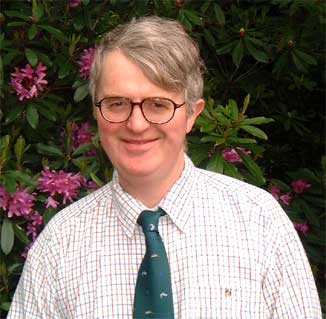Inverawe House & Family
Inverawe House first appeared on the map 300 years ago. It became an important stronghold of the Campbell empire and boasts its own trans-Atlantic ghost at Tigonderoga.
THE ORIGINAL HOUSE
Having established himself at the mouth of the River Awe around the early 1500s, Campbell of Inverawe decided to build more comfortable quarters for his family. He settled on a more sheltered site further up the river and built a tower-house on the site of today's Inverawe House.
When he died, Inverawe came into the hands of his only surviving child, Janet, who was married to an English officer. In 1765, she sold the estate to her maternal uncle, Colonel Robert Campbell of Finab and Monzie.
His line died out with his daughter Jane, who inherited it in 1888. She married another neighbouring Campbell Laird, the Captain of Dunstaffnage.
The original Inverawe House has been altered and expanded much over the years. One Laird who carried out many improvements was Major Duncan Campbell of Inverawe who also sent barrels of seeds and young trees back from his final voyage to America, which ended in his death at Ticonderoga in 1758.THE CURRIE FAMILY

In 1912, Mrs Campbell of Dunstaffnage sold Inverawe to the Currie family, owners of the Union-Castle shipping line.
They commissioned the well-known Scottish architect, Sir Robert Lorimer, who carried out major alterations to the house, forming a great panelled hall with high windows in the central tower and demolishing the former porte-cochere in favour of today's front door with its steps.
Of this, a protesting neighbour remarked that "it was more suited to an Edinburgh street than the Highlands".
THE BULLOUGH FAMILY

In 1923, the house was sold to Major Ian Bullough whose family had made a fortune in textile machinery and who had built Kinloch Castle on Rum. He died in 1936 and Inverawe, now held in trust for his sons, was leased for 15 years, to cousins of Major Bullough, the Blakeney family.
In the 1950s Inverawe was sold to Mr Anderson, who divided the house into flats. In 1958 the North of Scotland Hydro-Electric Board which was constructing the Awe Hydro-Electric Scheme, the largest in Europe, bought the estate to act as its headquarters.
It provided accommodation for its staff in the house and in Nissen huts built around it. It was at this time that the ballroom was demolished and the top floor of the house removed.
THE CAMPBELL-PRESTONS
Inverawe House is still a family home, with the Campbell-Prestons living there since 1962. Robert and I took over in 1980, having found the idyllic place to start a business and bring up our four children. We converted the kitchen wing into two delightful holiday cottages.
Robert was brought up on the banks of the Awe. He is a born fisherman and naturalist. Hence to find himself running a 'smoking' business at Inverawe is absolutely right. Trained in the art of smoking by old Mr Pinney, he found he was a completely 'natural smoker'.
He knows exactly when something is ready, when something needs a little more smoke or heat. We soon found smoked fish from Inverawe House was in great demand.

I had no particular ambitions bar having a family and helping with the secretarial side of the business. My marketing expertise came by default, when I announced that I was going to start a mail order outlet for our smoked salmon.
We started with 400 addresses from all the family's address books - and it just grew. Today this figure has multiplied many times over, yet we have managed to keep the personal family touch.
With various members of the family helping, the company is going from strength to strength and we have tremendous plans for the future.
He and I met in London in the 1960s. He was doing a management trainee course and I was learning the art of the keyboard - the dreaded secretarial course. Both preferring the country, we had a lot in common and soon found ourselves married and going up to Robert's beloved Scotland.